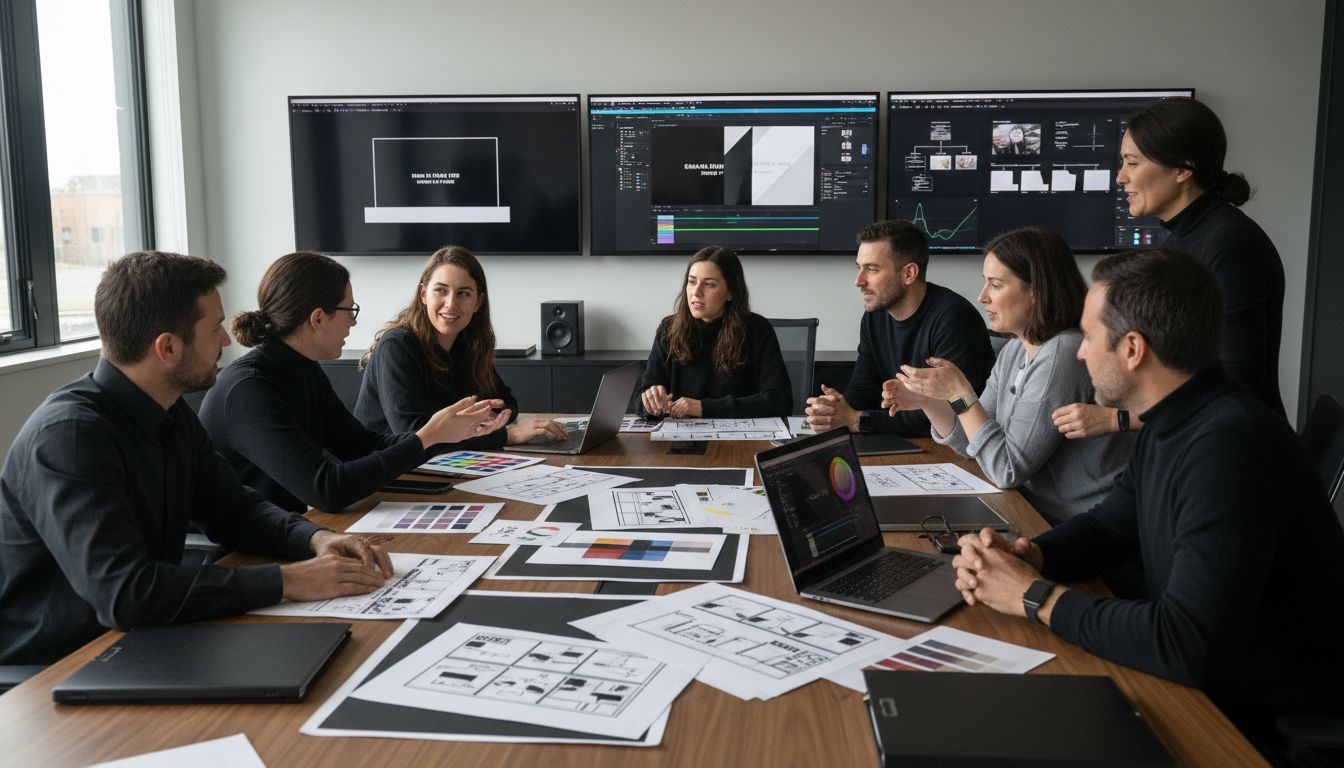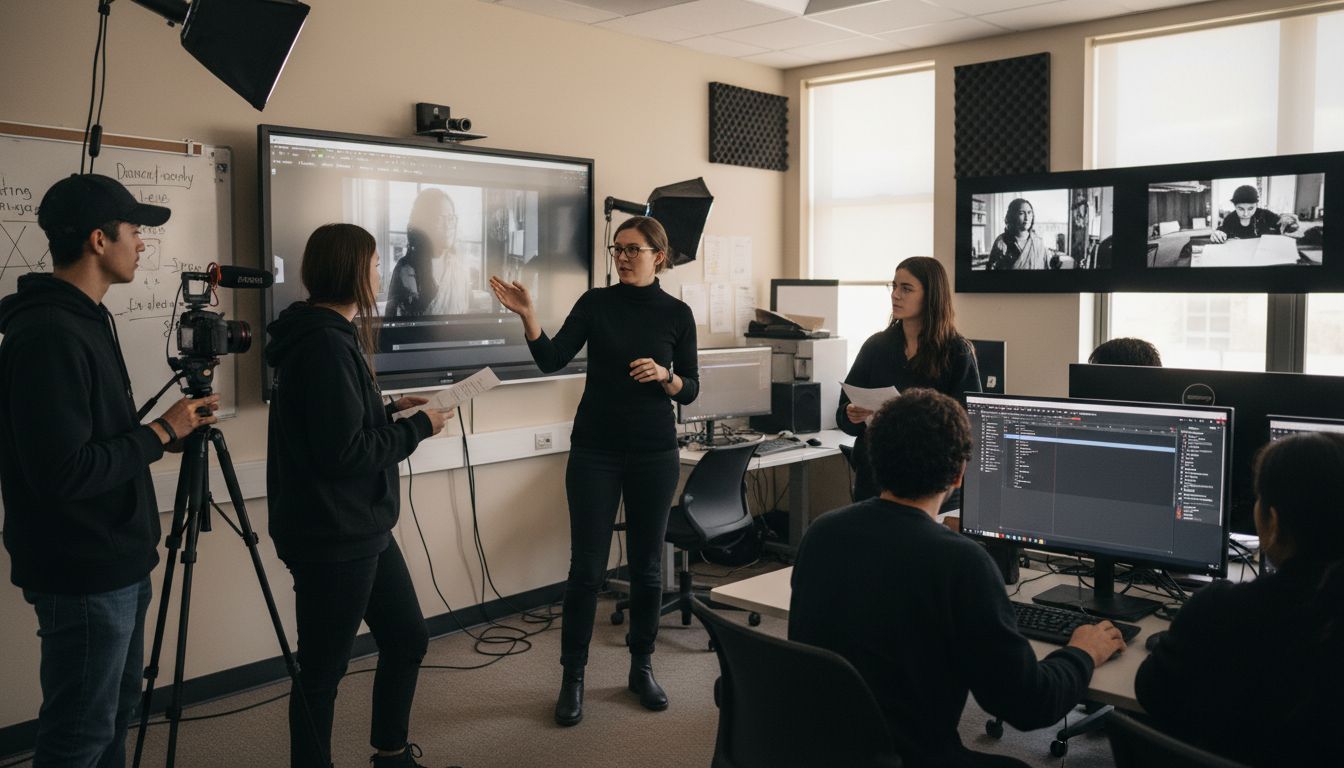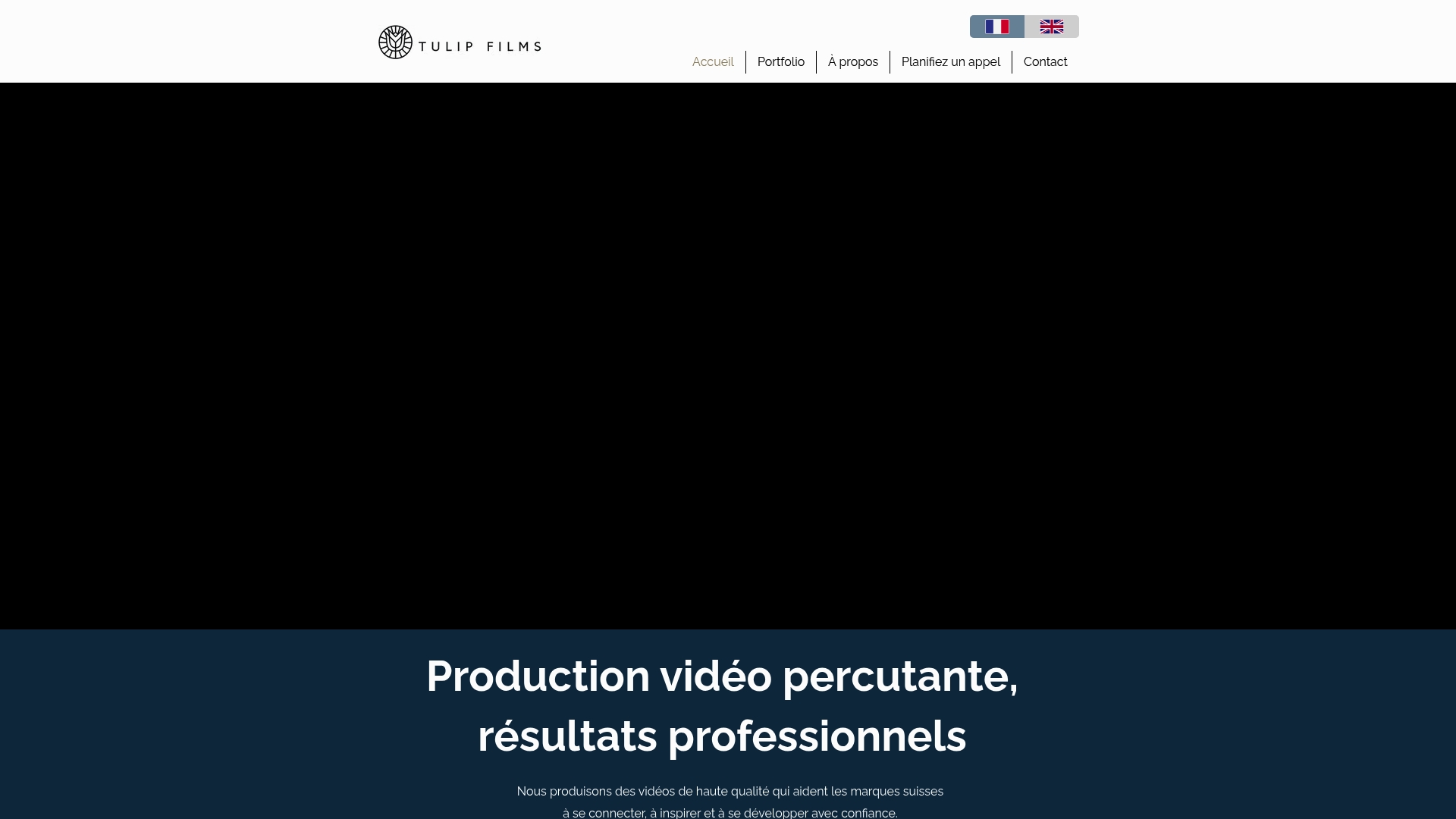What Is Video Storytelling? Complete Guide for 2025
- Pieter Nijssen
- 3 days ago
- 6 min read

Did you know viewers remember up to 95 percent of a message when they watch it in a video compared to just 10 percent when reading text? Video storytelling taps into this power by weaving visuals, sound, and narrative into one unforgettable experience. Brands, educators, and creators all use these techniques to connect with audiences in ways words alone cannot. Understanding how story, emotion, and media work together is crucial to making videos that truly resonate.
Table of Contents
Key Takeaways
Point | Details |
Video Storytelling | An effective method that integrates narrative, visual, and auditory elements to create emotional connections and engaging experiences. |
Types of Formats | Key video storytelling formats include personal narratives, instructional narratives, and historical documentaries, each serving different communication goals. |
Essential Elements | Compelling storytelling relies on clear narratives, emotional connections, and strategic multimedia integration to enhance viewer engagement. |
Common Pitfalls | Maintaining narrative consistency and avoiding complexity are critical to creating impactful stories that resonate with audiences. |
Defining Video Storytelling and Its Core Concepts
Video storytelling represents a dynamic multimedia approach that transforms traditional narrative techniques by integrating visual, auditory, and narrative elements into a compelling communication strategy. According to research from digital communication studies, this method goes beyond simple video production to create immersive experiences that connect emotionally with audiences.
At its core, video storytelling combines several critical components: narrative structure, visual composition, emotional resonance, and strategic message delivery. Understanding the Role of Storytelling in Videos reveals that successful storytelling requires thoughtful integration of visual, auditory, and narrative elements. The goal is not just to inform but to create an engaging journey that captures viewer attention and facilitates deeper comprehension.
Digital storytelling techniques leverage multiple media elements to craft powerful narratives. As research indicates, this approach involves:
Integrating text, images, audio, and video
Maintaining narrative consistency
Balancing artistic expression with authentic communication
Creating emotional connections with the audience
Professional video storytellers understand that effective narratives transcend mere information delivery. They create experiences that resonate, inspire, and motivate viewers by strategically combining visual aesthetics, sound design, and compelling storylines.
Distinct Types of Video Storytelling Formats
Video storytelling encompasses multiple distinct formats, each designed to engage audiences through unique narrative approaches. According to research in digital communication, these formats range from personal narratives to complex documentary-style productions, offering diverse ways to communicate messages effectively.
Educational digital storytelling presents three primary categories that showcase the versatility of this medium. As research indicates, these formats include:
Here’s a comparison of the main types of video storytelling formats:
Format Type | Description | Key Strengths |
Personal Narratives | Individual experiences and perspectives | Emotional connection Authenticity |
Instructional Narratives | Teaches or explains concepts using multimedia | Clarity Educational impact |
Historical Documentaries | Explores and preserves historical events | Informative Contextual depth |
Personal Narratives: Stories that share individual experiences and perspectives
Instructional Narratives: Multimedia content designed to teach or explain complex concepts
Historical Documentaries: Visual storytelling that explores and preserves historical events
7 Video Storytelling Techniques for Swiss Brands highlights how these formats can be strategically adapted for different communication goals. Each format leverages multimedia elements like text, images, audio, and video to create compelling narratives that resonate with specific audience segments.
Professional storytellers understand that selecting the right format is crucial. Whether creating a brand story, educational content, or a documentary, the key is matching the narrative style to the intended message and target audience. This approach transforms video storytelling from a simple communication tool into a powerful medium for connecting, teaching, and inspiring viewers.
Essential Elements of Compelling Storytelling Videos
Crafting compelling video stories requires a strategic blend of artistic vision and technical precision. Research in visual communication reveals that successful storytelling goes beyond mere content delivery to create immersive experiences that resonate deeply with viewers.
Narrative Elements form the core of effective video storytelling. Understanding the Importance of Visual Storytelling highlights that compelling videos typically incorporate these critical components:
Clear, coherent storyline
Authentic emotional connection
Strategic visual and audio design
Purposeful narrative arc
Engaging character development
Multimedia integration stands as another fundamental aspect of compelling video storytelling. According to research, successful digital narratives seamlessly blend multiple elements like images, audio, and video to enhance audience engagement. This approach transforms storytelling from passive information transmission to an interactive, memorable experience.
Professional storytellers understand that technical excellence must complement narrative depth. The most impactful videos strike a delicate balance between artistic expression and authentic communication, creating stories that not only inform but also inspire, challenge, and connect with viewers on a profound emotional level.
Business Applications and Real-World Use Cases
Video storytelling has emerged as a powerful strategic tool across diverse business sectors, transforming how organizations communicate, engage, and connect with their audiences. From marketing campaigns to internal training, businesses are leveraging multimedia narratives to create more impactful and memorable experiences.
Corporate Communication represents a critical application of video storytelling. What is Audiovisual Storytelling? Understanding Its Impact illustrates how organizations utilize visual narratives to:
Communicate complex organizational strategies
Humanize brand messaging
Enhance employee engagement
Simplify technical information
Build transparent corporate cultures
Social media platforms have become pivotal channels for visual storytelling strategies. According to research, businesses are increasingly using consistent visual themes and interactive elements to strengthen brand presence and create emotional connections with their target audiences. These narratives go beyond traditional advertising, focusing on creating genuine, meaningful interactions that resonate with viewers.
Professional sectors like real estate, technology, healthcare, and education are particularly leveraging video storytelling. By transforming traditional communication methods, organizations can now present information more dynamically, making complex concepts accessible, engaging, and memorable. The key is crafting narratives that are not just informative, but also emotionally compelling and strategically aligned with organizational goals.

Maximizing Impact: Common Mistakes to Avoid
Video storytelling demands precision and strategic thinking. Even experienced creators can fall into common traps that diminish the narrative’s effectiveness, potentially undermining the entire communication strategy.
Narrative Consistency is paramount in creating compelling stories. 7 Essential Visual Storytelling Strategies for Brands highlights several critical mistakes storytellers frequently encounter:
Losing focus on the core message
Overcomplicated narrative structures
Neglecting emotional resonance
Inconsistent visual and audio elements
Ignoring audience perspective
Research in digital storytelling emphasizes that successful multimedia narratives require a delicate balance between artistic expression and authentic communication. Creators often struggle with maintaining narrative coherence while integrating multiple media elements, which can lead to disconnected or confusing content.
Professional storytellers understand that avoiding these pitfalls requires continuous refinement and audience-centric approach. The most effective video stories are those that remain true to their core message, maintain emotional authenticity, and create genuine connections with viewers. Technical perfection matters less than the ability to tell a story that genuinely resonates and leaves a lasting impact.
Elevate Your Brand with Expert Video Storytelling
Struggling to create videos that truly connect and inspire your audience? This guide highlights the key challenge many face: crafting a clear, emotionally engaging narrative that resonates while maintaining authenticity and visual harmony. At Tulip Films, we understand how critical it is to balance these elements to produce videos that do not just inform but leave a lasting impact. Whether you aim to humanize your brand, explain complex ideas, or simply tell your story with emotional depth, our personalized approach is designed to meet those goals perfectly.
Discover how our Swiss-based team transforms your vision into powerful audiovisual stories that capture attention and build lasting connections. From corporate videos to promotional ads, our expertise ensures your message remains consistent and emotionally compelling. Visit our portfolio at www.tulipfilms.ch to see how we bring storytelling theory into striking practice. Learn more about how we integrate visual and audio design to enhance your narrative at Understanding the Role of Storytelling in Videos, or explore 7 Video Storytelling Techniques for Swiss Brands to see tailored strategies for maximum audience engagement.
Unlock the true potential of your brand story today.
Ready to craft a video story that captivates and inspires your audience?

Start with a free consultation at Tulip Films and take the first step toward videos that truly connect. Act now to transform your communication and stand out in 2025.
Frequently Asked Questions
What is video storytelling?
Video storytelling is a multimedia approach that combines visual, auditory, and narrative elements to create engaging and immersive narratives that connect emotionally with audiences.
What are the key components of effective video storytelling?
The key components include a clear storyline, emotional connection, strategic visual and audio design, a purposeful narrative arc, and character development which all work together to enhance viewer engagement.
What are the different formats of video storytelling?
Video storytelling includes formats such as personal narratives, instructional narratives, and historical documentaries, each offering unique ways to communicate messages effectively.
How can businesses utilize video storytelling?
Businesses can leverage video storytelling for corporate communication, marketing campaigns, and internal training, transforming complex information into engaging and memorable narratives that connect with their audience.
Recommended